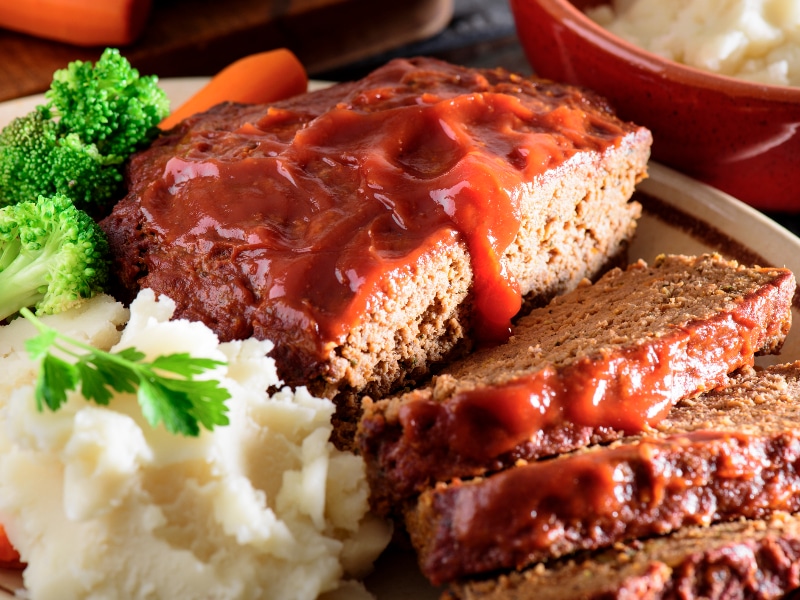There’s something about colder weather that makes us want to seek out comfort, especially when it comes to food. But there’s no need to sacrifice those health and fitness goals when you want to indulge in comfort foods.
Hearty meals like meatloaf and chicken pot pie warm our bodies and souls — but often leave us swapping jeans for sweatpants when our waistlines need a bit more breathing room.
“Good eating habits don’t need to go out the window once the holidays roll around,” says Patricia Neus, MPH, CHES, wellness coach at Methodist Dallas and Methodist Celina Medical Centers. “There are plenty of small changes to try while cooking or attending a holiday party without sacrificing flavor!”
Here are a few changes that can make a difference in the overall calorie and macronutrient content of traditional cold-weather meals to keep your health goals on track.
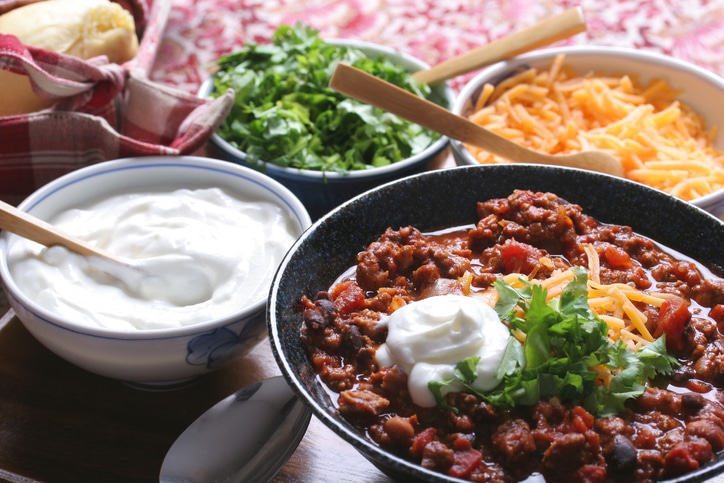
CHILI
A hot cup of chili is a cozy way to warm up a cold night. Whether the protein is ground beef, chicken, or kidney beans will determine how calorie-dense the bowl will be.
“If you’re mindful of your fat intake, choose a leaner package of organic ground beef,” Neus says. “Grass-fed beef may have a lower total fat content and will be richer in omega-3 and omega-6 fats. But ground beef has a high saturated fat content than other meats, whether it is grass-fed or grain-fed, so consider using ground turkey or even ground chicken as a protein.”
But fat isn’t the only ingredient to watch out for: Chili is often high in salt, so consider alternatives to spice things up.
“Opt for low-sodium broths and canned tomato products to manage the amount of sodium in your chili,” Neus says.
Any native Texan can tell you beans don’t belong in true chili con carne, but they are a good way to add fiber and pack in the protein without overdoing it on calories, Neus says.
“Although controversial, adding beans and veggies like onions, celery, and carrots is a great way to balance out the overall nutrient quality of chili,” she says.
Neus also recommends adding sweet potatoes to the mix for extra texture and flavor.
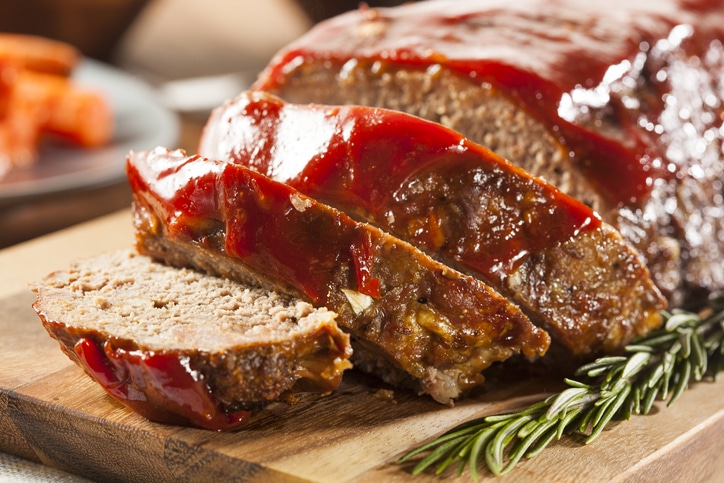
MEATLOAF
Nothing says comfort like a tender meatloaf to end the day. Because ground beef is usually the main ingredient, this favorite often contains unhealthy amounts of fat and calories.
To dodge the saturated fat — which can raise the risk of heart disease and stroke — Neus suggests replacing the beef with leaner meat.
“Ground turkey has less saturated fat than ground beef. Saturated fats have been linked to unhealthy cholesterol levels,” she says. “Turkey also contains higher amounts of B vitamins, which support our overall energy levels.”
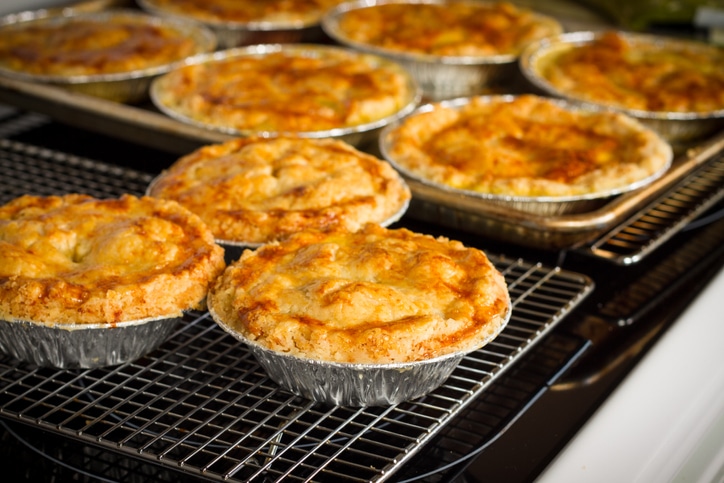
CHICKEN POT PIE
A creamy chicken pot pie is a classic comfort food that’s packed with flavor.
Adding spinach to the traditional ingredients can boost its health benefits. Another way to make this dish more nutritious is to avoid using store-bought crusts.
“To lower the overall fat content of chicken pot pie, try making your own crust,” Neus suggests. “That way, you can swap out butter or shortening for another oil like avocado, coconut, or olive. If the idea of making your own crust overwhelms you, I love making a semi ‘deconstructed’ pot pie.”
For this bottomless crust, Neus makes biscuit dough and then drop dollops on top of the filling using a cookie scoop.
“Biscuits are less time-consuming to make,” she says, “and it’s easy to swap out the butter and even use lower-carb almond flour, which is packed with nutrients, like vitamin E and magnesium.”
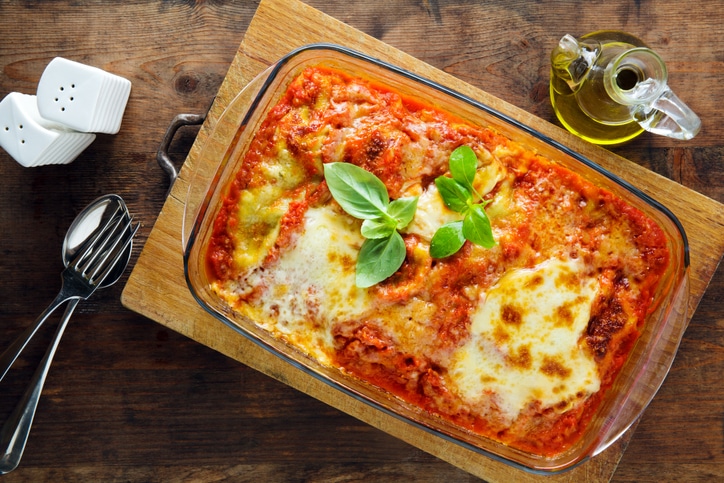
LASAGNA
Layers of pasta noodles topped with oozing cheese and meat may be delicious, but it’s not exactly healthy. To make skinny lasagna, swap out some of the main ingredients for more wholesome alternatives.
Consider whole wheat pasta instead of white pasta. Traditional flat and white lasagna noodles contain 1 gram of fiber and very little iron. Compare that to whole wheat noodles that typically have at least 6 grams of fiber and around 10% of the daily amount of iron needed for your diet.
This may sound familiar, but you can also try switching out the full-fat beef in your sauce for lean ground beef, turkey, or turkey sausage.
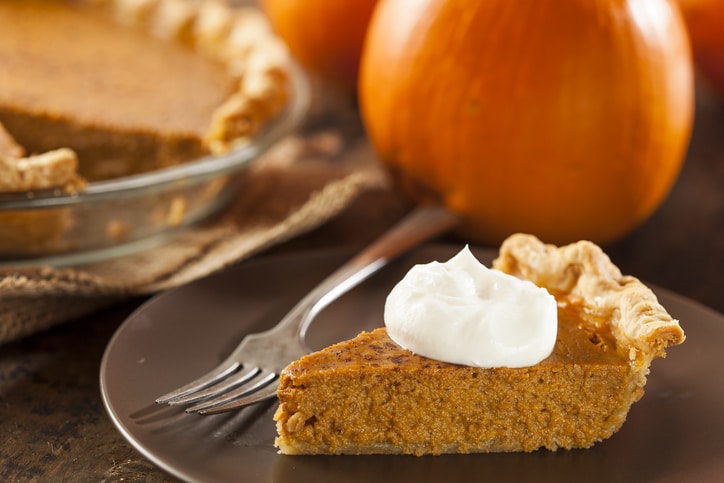
PUMPKIN PIE
It doesn’t feel like the holiday season without pumpkin pie. Unfortunately, a single slice of pie from a restaurant or bought at the store can come with over 300 calories.
Canned pumpkin is OK because it’s not the pumpkin that’s the problem — so long as you check the label, Neus says.
“Canned pumpkin pie filling has excess sugar and other ingredients added to it,” she says. “Instead, look for 100% pure pumpkin puree when shopping for ingredients. Pure, plain pureed pumpkin is rich in vitamin A, C, and potassium.”
Changing up other ingredients can help, too. Instead of traditional sugar to sweeten your pie, try maple syrup, which is rich in anti-oxidants and contains zinc and potassium. Consider using a crust with an alternative flour.
“Try making your pie crust with almond flour,” Neus says. “Not only is it lower in carbohydrates than traditional flour, it also just naturally has a slightly sweeter flavor – perfect for baking!”
Or really go off-script and try a crustless pie. After all, it’s the pumpkin that’s the real star here, along with the whipped cream on top.
These tips aren’t limited to what’s listed above. You can comfort your friends and family with healthier choices this fall and winter without sacrificing flavor.

